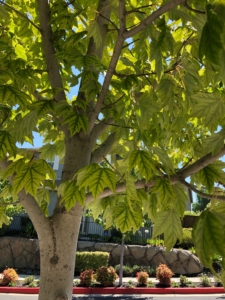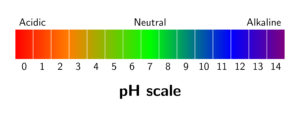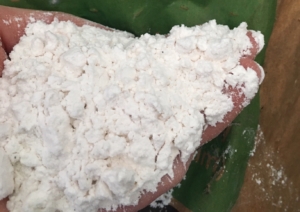Yellow trees against autumn skies are a beautiful sight. But yellow trees year round are a sign of unhealthiness and decline. While drought, pests, and chemical burns can cause non-seasonal leaf yellowing, one of the most common causes for this is chlorosis.
What is Chlorosis?
Chlorosis is leaf yellowing from chlorophyll loss. Chlorophyll is the green pigment that enables trees to convert sunlight into sugars. To make chlorophyll, trees need sufficient quantities of nutrients like magnesium, iron, and nitrogen. Without these, leaves gradually lose chlorophyll and eventually starve the tree.
Some of the most common nutrient deficiencies are iron and nitrogen, which have different leaf yellowing patterns. Iron chlorosis starts on younger leaves as leaf yellowing between veins, while the veins themselves stay green. Under nitrogen deficiencies, the older leaves yellow uniformly. But keep in mind that at severe stages of chlorosis, all of a tree’s leaves will yellow and eventually die.
What Causes Chlorosis?
Many things cause chlorosis, which can be divided into three broad categories:
- Soil nutrients not present.
- Soil nutrients present but insoluble.
- Soil nutrients present and soluble, but roots are unhealthy.
1. Soil Nutrients not Present
This is the most straightforward explanation. If there aren’t enough nutrients in the soil, there won’t be enough in the tree. A comprehensive soil test will tell you if any nutrient levels are too low to support tree growth.
2. Soil Nutrients Present, but Insoluble
Soil nutrients often do exist in sufficient amounts, but aren’t available for root absorption. Nutrients must be dissolved in water for roots to absorb them. One factor influencing nutrient solubility is soil pH, a measure of how acidic or alkaline the soil is. The sweet spot for most plants is a soil pH between 5.0 and 6.5. Other factors like high phosphorus levels and low saturation also make certain nutrients insoluble.

3. Soil Nutrients Present & Soluble, but Roots are Unhealthy
Urban environments can be quite stressful for trees. Activities like transplanting, root pruning, and construction can break and damage roots. Topsoil removal and soil compaction reduce the amount of air and organic matter that roots have access to. If roots are unhealthy, they will have trouble absorbing soil nutrients even if they’re present.
What’s the Treatment for Chlorosis?
Prevention
Avoid planting susceptible species if you know the soil conditions are conducive to chlorosis. Some tree species susceptible to chlorosis are sweet gums, poplars, maples, magnolias, oaks, and aspens.
If your soil problem is pH imbalance, not nutrient deficiencies, some trees may be suitable. The following lists aren’t exhaustive but offer some species:
Acid-loving trees (soil pH 5-6.5): crabapple, dogwood, sweet gum, weeping willow, pin oak, most conifers
Alkaline-loving trees (soil pH 7-8): eastern redbud, red horsechestnut, silver maple, hackberry, linden, elm
Solutions
If you have existing trees you’d like to keep in the landscape, consider the following treatments.
 1. Fertilizers
1. Fertilizers
Apply fertilizers if soil nutrients are deficient. But, be cautious about adding high phosphorus fertilizers that can bind up iron. If the soil pH is quite high or low (above 8 or below 5), any added fertilizers can become insoluble. In this case, make sure to add chelated fertilizers. Chelated fertilizers are treated to keep nutrients soluble and available for tree use.
 2. Mulch
2. Mulch
Mulching is a simple process that improves root health and soil quality. This is because mulch regulates soil temperatures, retains moisture, and provides nutrients. All of these activities not only increase soil fertility but also support healthier roots, which are then better able to absorb and use available nutrients. Request free mulch here!
 3. Soil pH
3. Soil pH
It is possible to change soil pH, but long-term and large-scale changes are very difficult. Large amounts of amendment and repeated applications are necessary due to soil leaching and tree root depth. If desired, add sulfur to lower soil pH and lime to increase soil pH.
Questions? Contact us at [email protected] for a free consultation!





